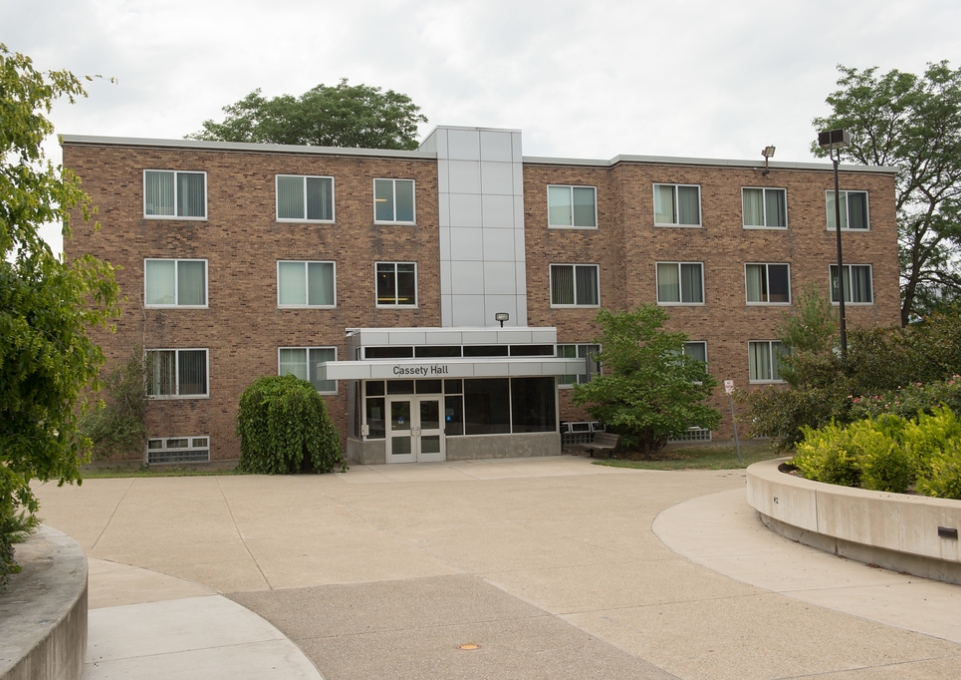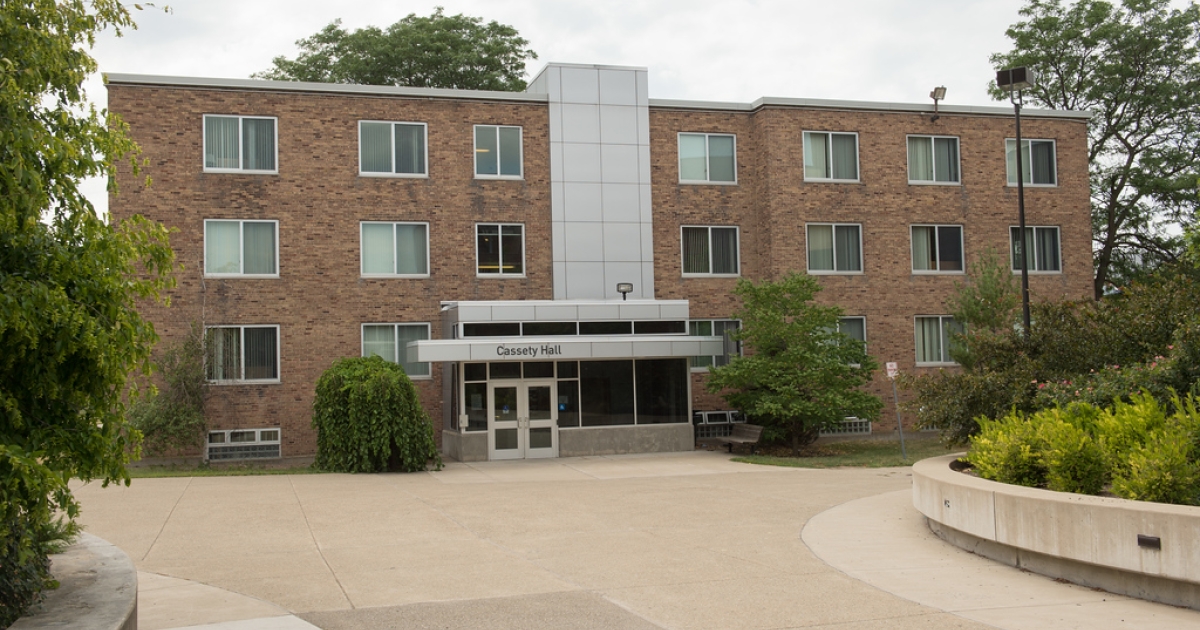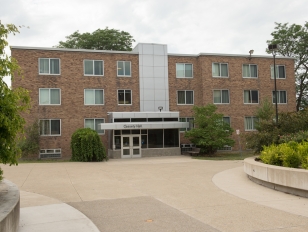
Buffalo State professors of economics and finance Joëlle Leclaire and Ted Schmidt will host a question-and-answer program following a premiere screening of the award-winning documentary Finding the Money at 7:00 p.m. Thursday, May 2, in the Burchfield Penney Art Center’s Tower Auditorium.
The event is free and open to the public; it is sponsored by the Economics and Finance Department and the Dead Economists Society. Leclaire says Finding the Money presents a new way of looking at government finances. Leclaire—whose research includes financial crises, fiscal policy, and debt dynamics—answered some questions about modern monetary theory (MMT) and Thursday’s event.
What have you found to be the most common misconceptions about modern monetary theory?
Sometimes MMT is taken to mean that the government can just print money to pay for things. This is not accurate. MMT is an economic framework that explains how money is created and how government spending and taxing actually take place. It’s not normative in nature. It doesn’t say: “The government should print money to pay for this or that.” It simply explains how the government pays for the things it buys day to day.
Why is Finding the Money an important film? Who would you recommend see it?
I think the movie is so important because most people have no idea how the government pays for things. This movie helps us understand that for the federal government, when it issues its own currency, there isn’t a financial limit to its spending. The limit exists in the resources like labor and materials needed to make the things the government wants to buy.
I think any entrepreneurs, business professionals—especially those working in economics or finance positions—government workers, accountants, financial analysts and advisors, bankers, activists, faculty, students, and concerned citizens will all benefit from understanding how money works and especially how the government spends money.
How does modern monetary theory explain inflation?
Inflation is always a cost-push or demand-pull phenomenon. The inflation we’ve experienced in the U.S. and abroad is due to the increased demand for specific goods relative to the supply of those goods. Especially post-COVID, supply chains were disrupted, but households and firms still wanted the same amount, if not more goods. This pushed prices up. We were also seeing price inflation in energy, caused by speculation in oil markets, people betting the price would go up, partly due to the war in Ukraine and now Gaza.
MMT doesn’t say that this inflation doesn’t exist. It says that government spending did not make those prices increase. Increased demand or increased costs made prices increase, just as they always do. Pressure on the supply chains and energy price speculation made the prices increase.
What do you anticipate discussing with Ted Schmidt following the film Thursday?
We’re excited to see what people will bring up, but I think the most significant thing we can discuss is how revolutionary it is to understand that a lack of money is not the reason we’re not tackling our big social challenges like poverty and climate change. Knowing that money is not limited makes everything possible, as long as we have the manpower, materials, and will to do it. Now we can have a big girl–big boy discussion about what matters to us the most. We can deal with the real impediments to achieving our best social environment.



